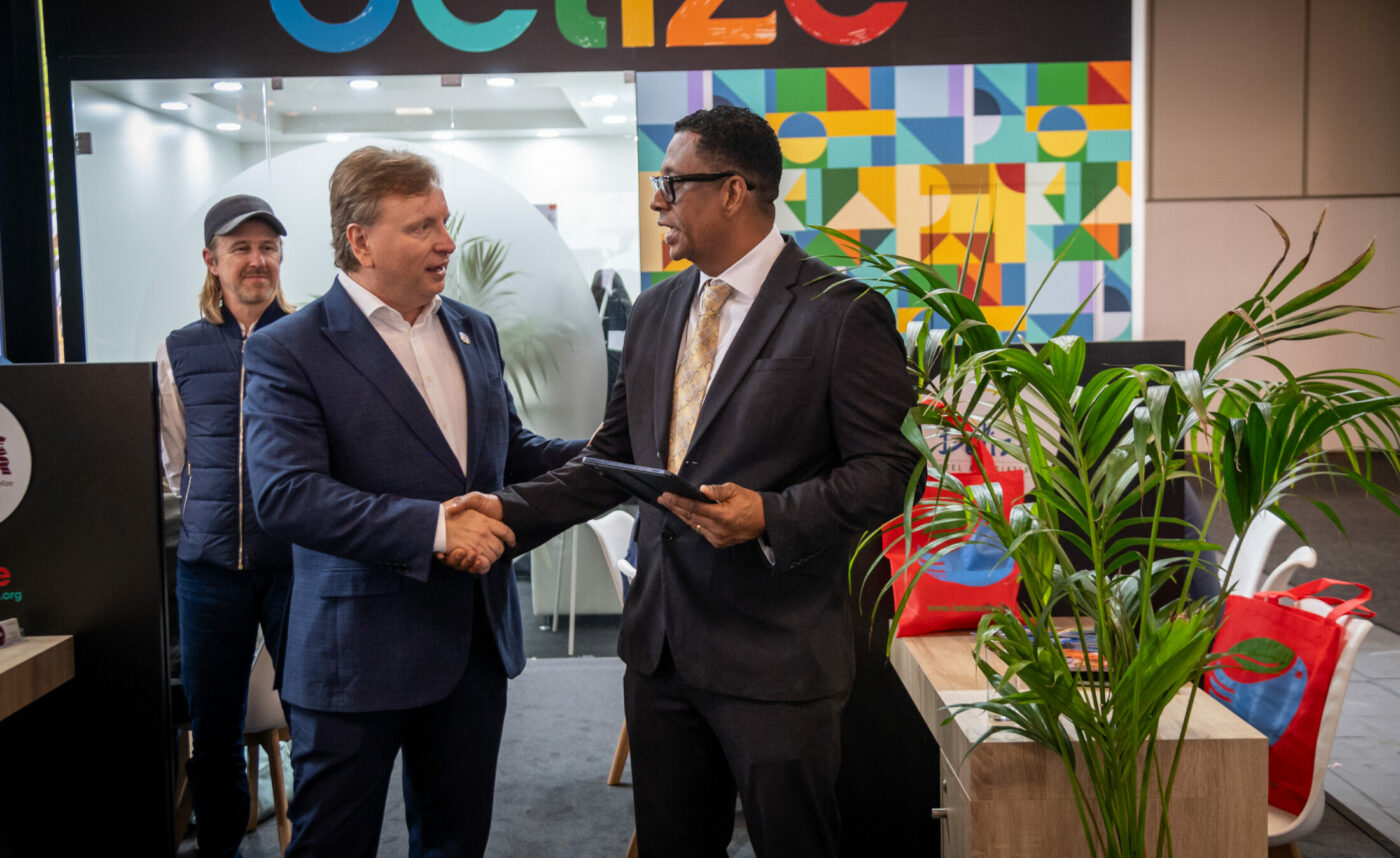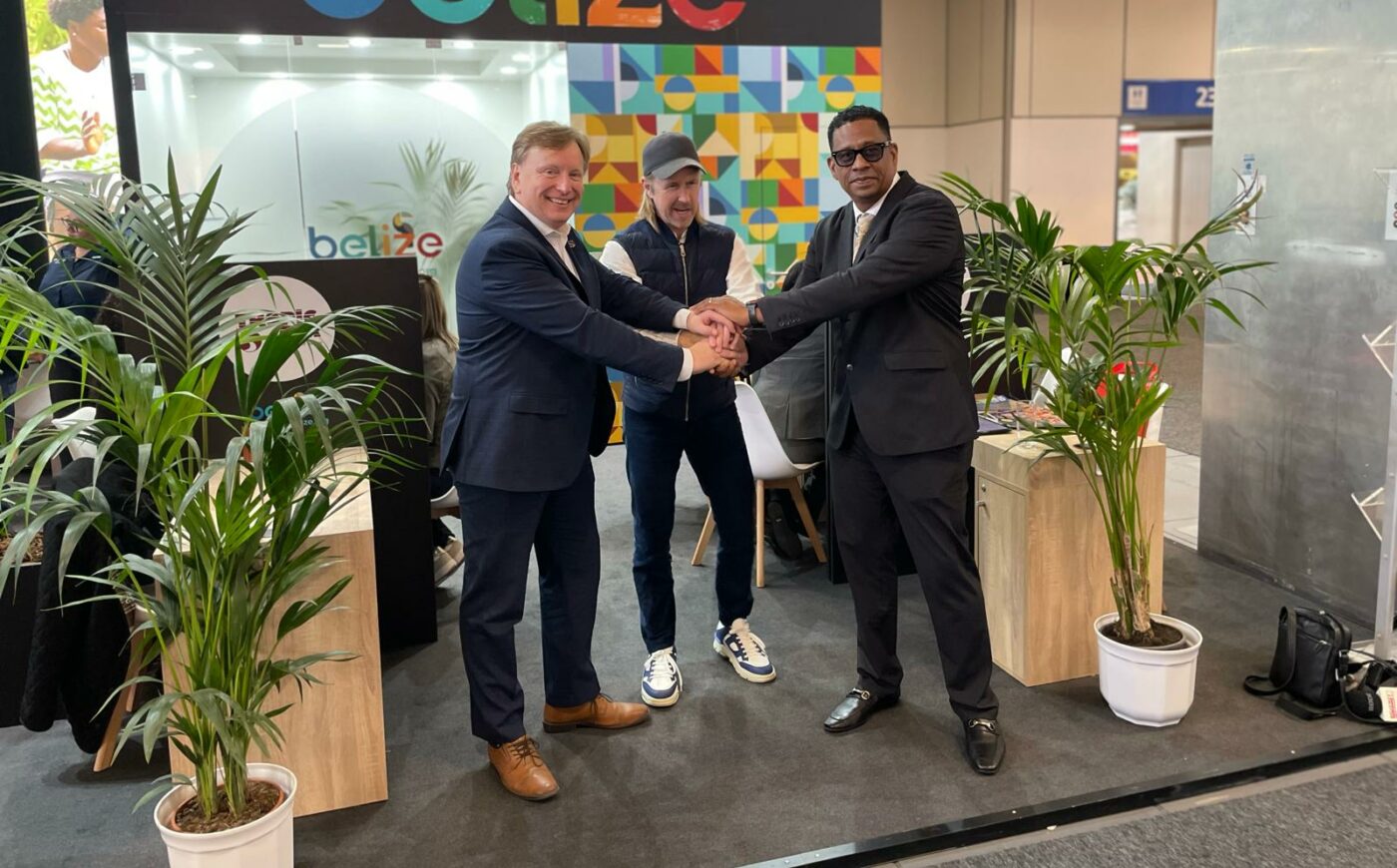A thought piece from Alliance CEO, Glenn Mandziuk
Throughout my career in sustainable tourism and hospitality, water risks have remained a prominent issue, and this has only worsened over time. Water-related risks are a localised issue – while some communities are facing devastating impacts, others have not yet been affected. That’s why it’s vital that hotels pay close attention to water stress in their locations, as well as considering the effects of indirect water use on people and places around the globe.
In today’s world, there are a great deal of challenges and opportunities that hospitality companies must consider and act upon. As a result, water stress can sometimes slip down the list of priorities and be seen as less critical, when, in reality, water-related risks in many destinations already require urgent attention, and as global warning increases, so too will water-related hazards worldwide. Water stress already affects 2 billion people around the world, and this figure is predicted to rise.1 It’s vital that we act now to conserve and protect water for future generations.
Today marks World Water Day, which raises awareness of the importance of water, and the number of people living without access to safe water. We may think of water as an abundant resource – for many people it’s as simple as turning on a tap, but in many destinations, this is not the case. A recent freeze in the UK provided a glimpse of what life may be like in high-risk locations, when burst pipes meant that thousands of households were left without running water for a number of days, but whilst water companies provided bottled water in the interim, and we knew that running water would soon be restored – it’s important to remember that access to this precious resource is a privilege that many cannot afford.
At the Sustainable Hospitality Alliance, our vision is for Net Positive Hospitality – creating a prosperous and responsible hospitality sector that gives back to the destination more than it takes. It’s built on the four pillars of People, Planet, Place and Prosperity and understanding that we can only achieve true prosperity when our ecosystems, communities and destinations all thrive.
The localised impacts of water stress present a key example of the interconnectivity between people, planet, place and prosperity. In high-risk locations, lack of water severely affects both businesses, local communities, and the natural world. As a resource, water is often undervalued in its utility pricing in comparison to its relative availability and this presents the risk of future cost rises, which could be even more pressing for hotels as destinations seek controls and pricing based on sectoral consumption. In turn, this impacts communities and people as well, through increased costs of water and food, and political and economic instability.
Even in areas where there is low water stress, it’s important not to forget the embedded water which goes into the products and materials we purchase and consume. For example, it takes roughly 15,400 litres of water to produce 1kg of boneless beef2 and the textile industry is one of the most water-intensive industries worldwide.3 In order to act as good water stewards, and advance our collective journey to Net Positive Hospitality, it is essential that hospitality companies consider the level of water stress in their location, as well as across their supply chain.
At a time when a quarter of the world’s population already face ‘extremely high’ levels of water stress,4 the hospitality industry has an opportunity to demonstrate its commitment to building a sustainable and responsible future. By acknowledging and understanding water-related risks at a local level, we can not only plan intelligent and inclusive growth, conserving freshwater sources in the communities surrounding hotels, but create a lasting positive change for guests, employees, and local stakeholders.
The launch of a new report to help prioritise action within the hospitality sector
Tomorrow, I will be representing the Alliance at the United Nations Water Conference in New York. As part of a UN World Tourism Organization side event, I will be highlighting some of the findings of a new report which rates destinations around the world in terms of high to low water-related risk.
The research, from the Sustainable Hospitality Alliance and Greenview, with the support of STR and Ecolab, looks at data from 379 destinations across 63 countries, and combines nine metrics across physical, financial and market risk. The findings show that 13% of destinations assessed have very high or high water risk, with Asia, the Middle East and Africa showing the highest concentration of those at risk of water related issues.
As the industry accelerates its journey to Net Positive Hospitality, knowledge around the different water risk levels is essential. This not only enables companies to make informed decisions about which locations are most appropriate to develop new properties, but also where to prioritise water stewardship programmes in existing portfolios.
We will be launching this free new report tomorrow morning, within the Alliance News page, and across LinkedIn and Twitter – follow us to be the first to find out about this important announcement.




